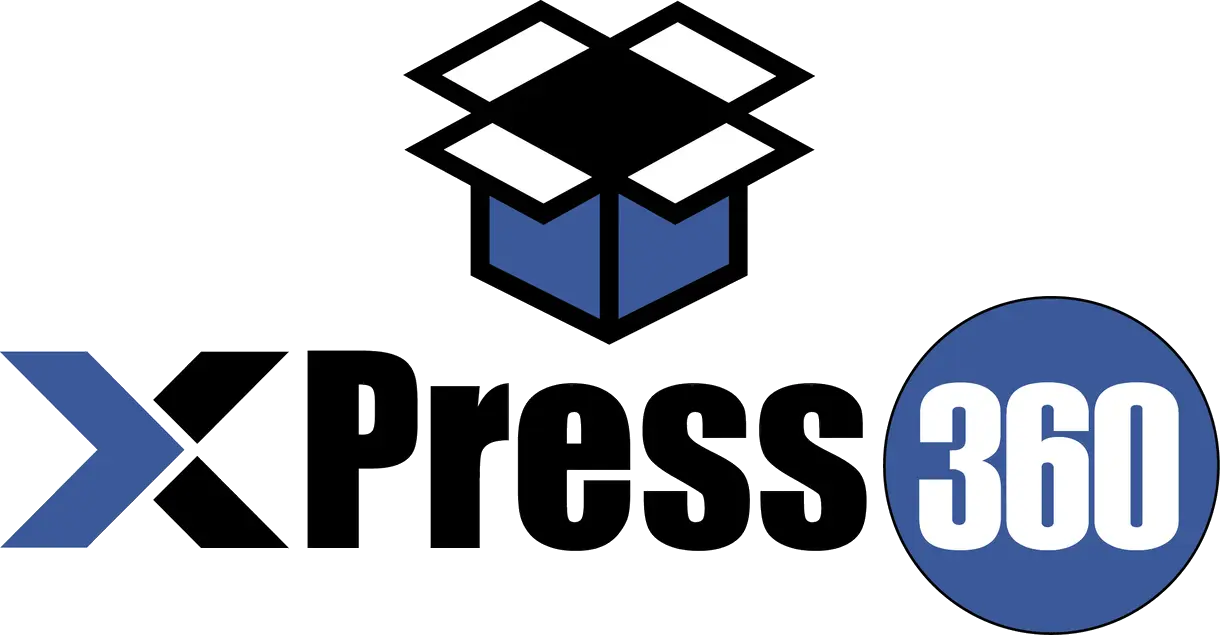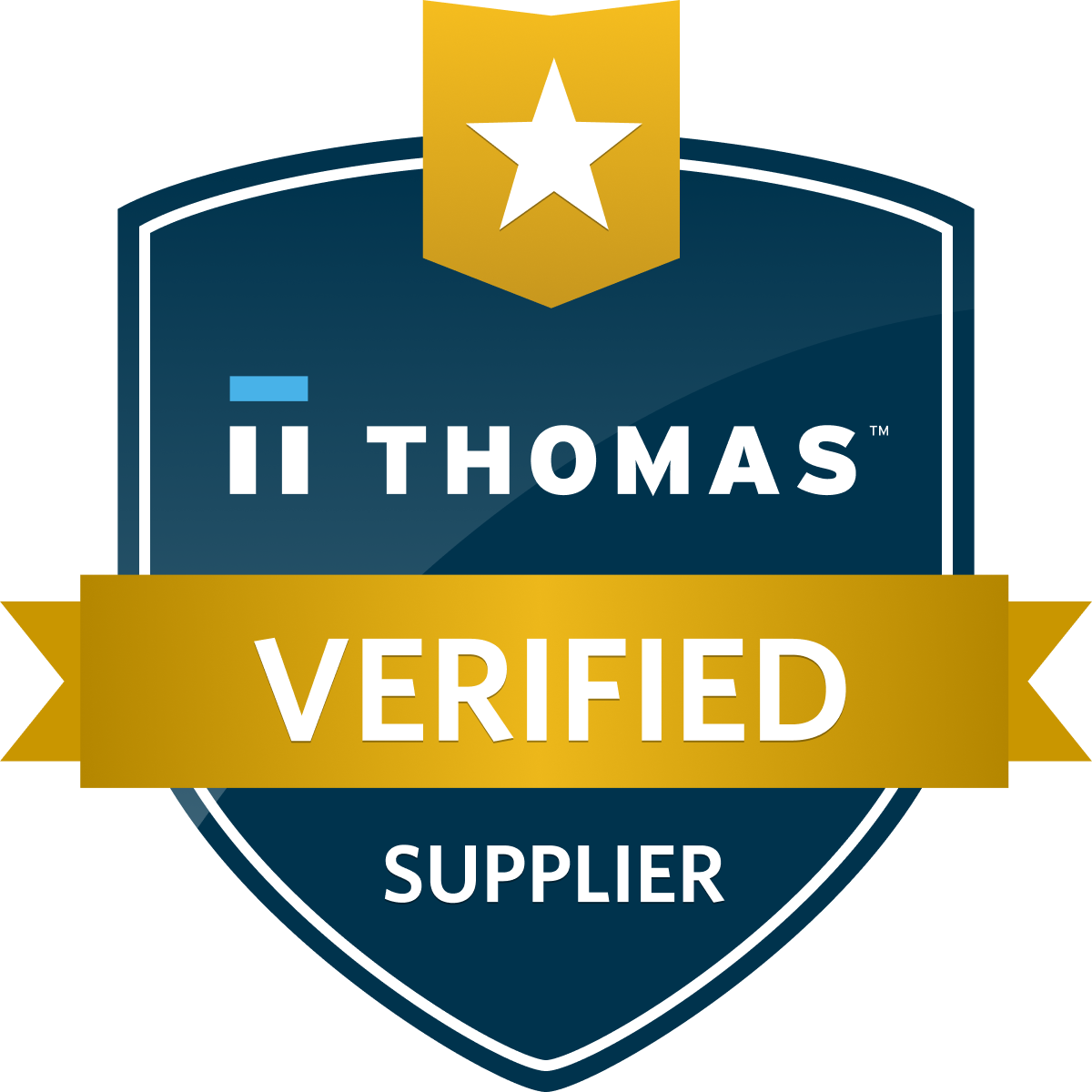Point of Purchase Marketing, often referred to as POP Marketing, seizes customers’ attention and ignites buying impulses at the moment of purchase.
While it might feel like a modern retail phenomenon, the roots of POP Marketing can be traced back to the early 20th century. Retailers began experimenting with strategic product placements near cash registers, transforming shopping into a visual spectacle.
Now in the digital age of the 21st century, online shopping introduced marketing tactics to fill our virtual shopping carts with enticing products. At XPress 360, we have a team of experts who can provide comprehensive printing solutions to bring your vision to life.
Learn More About Xpress 360’s POP Displays
Importance of Point of Purchase Marketing
Point of purchase marketing is not just about selling, it’s about connecting with people and making them feel a part of something special.
Influencing Purchase Decisions
At the heart of POP marketing’s significance lies its unparalleled ability to sway purchase decisions by strategically placing products, using eye-catching signage, and employing persuasive tactics like limited-time offers or product bundling.
It capitalizes on the psychology of decision-making, turning ordinary shoppers into enthusiastic buyers, akin to a retail Jedi mind trick!
Enhancing Brand Visibility
Consistency in branding across a store, from color schemes to logos, reinforces brand recognition. The result? Even if a customer doesn’t purchase that visit, they leave with a lasting memory of the brand, increasing the likelihood of return visits and brand loyalty. POP Marketing transforms the shopping experience into a memorable encounter, where every brand is vying for your attention and adoration.
Creating Lasting Impressions
The elegance, creativity, and attention to detail in the POP Marketing displays leave a profound impression. These lasting impressions lead to positive word-of-mouth recommendations and online reviews, enhancing a brand’s reputation. In the era of social media and instant sharing, every customer can become an advocate for your brand.
Psychology Behind Point of Purchase
The point of purchase is by design, the creation of a shopping experience that feels like a personalized journey, leaving consumers with the satisfaction of not just buying a product but also fulfilling a deeper emotional need.
Consumer Behavior Insights
Understanding consumer behavior is at the core of effective POP marketing. It’s about peering into the minds of shoppers to anticipate their needs, desires, and decision-making processes.
Consumers often follow patterns when navigating stores. POP marketing leverages these habits by strategically placing eye-catching displays and products in high-traffic areas. POP marketing uses confirmation bias and the anchoring effect to present products in a favorable light, reinforcing pre-existing notions.
Another powerful motivator is the fear of missing out (FOMO). Limited-time offers, “Only a few left,” or “Last chance to buy” signs trigger a sense of urgency, compelling consumers to make quick decisions.
Impulse Buying Dynamics
Impulse buying is the heartbeat of POP marketing. It’s that unplanned purchase that occurs when a consumer is captivated by what’s on display. Impulse purchases often stem from emotions rather than logic. POP marketing displays are designed to evoke positive emotions and engage multiple senses. POP marketing creates an environment where these desires can be satisfied quickly.
Emotional Triggers
The emotional aspect of POP marketing is where the true magic unfolds. It relies on tapping into consumers’ feelings and motivations to encourage them to take action. Positive association is one such method as it often employs imagery and messaging that creates positive associations with products. When consumers resonate with the story, they’re more likely to make a purchase.
Key Elements of Point of Purchase Displays
When it comes to point-of-purchase displays, every element is carefully orchestrated to make a lasting impression and drive sales. It’s a harmonious blend of art and science, transforming the shopping experience into an engaging and persuasive journey.
Strategic Placement
POP displays are strategically placed in high-traffic areas of a store, ensuring they’re visible to the maximum number of customers. Common locations include near the entrance, checkout counters, complementary or related products, and aisles where customers frequently pass.
This encourages cross-selling and prompts customers to consider additional purchases that enhance their primary choice.
Eye-Catching Design
The design of POP displays needs to be visually striking, utilizing colors, and shapes, and maintain brand consistency in its design and graphics to capture attention. They have to stand out amidst the sea of products, ensuring customers’ eyes are naturally drawn to them.
Call-to-Action Strategies
A call to action according to Investopedia, is a marketing term that refers to the next step or action that the marketer wants the consumer to take. They can be as direct as a button that says “Buy Now” or as soft as “Read More”. Here are a few strategies that are worth exploring.
- Compelling Copy: Effective POP displays include persuasive messaging that communicates the benefits of the product or offer.
- Pricing and Promotions: Displays often feature clear and enticing pricing information, such as discounts, special offers, or package deals.
- Urgency and Scarcity: Calls to action often include elements of urgency, such as “Limited Time Offer” or “Hurry While Supplies Last.” These tactics create a sense of FOMO (fear of missing out) and encourage quick decisions.
- Interactive Elements: Some displays incorporate interactive elements, like touch screens, buttons, or product samples. These engage customers directly and allow them to experience the product, increasing the likelihood of a purchase.
Types of Point of Purchase Displays
Each type of point-of-purchase display serves a unique purpose and can be tailored to the specific needs and goals of the retailer. Together, they create a dynamic shopping environment that influences customer behavior and enhances the overall shopping experience. XPress360 offers a printing and packaging solution to assist you in bringing your vision to life.
In-Store Signage
In-store signage creates a visually appealing and informative atmosphere within a store. These can come in the form of banners, posters, aisle violators, or department signs.
Shelf Talkers
Shelf talkers are small signs or tags attached to store shelves near products. They are excellent for providing detailed information and encouraging customers to make choices while they’re in the aisle. Some shelf talkers feature positive customer reviews or ratings, adding social proof and influencing buying decisions.
Floor Stands
Floor stands are freestanding displays typically placed at strategic locations within a store and are often used to launch new products as well as promote complementary products. They are highly visible, versatile, and can be designed to fit various themes, making them an excellent choice for capturing attention.
Countertop Displays
Countertop displays are often small easily grabbed items, typically found near checkout counters or service areas, and are perfect for last-minute temptations. These displays capitalize on the customer’s final moments in the store to encourage additional purchases.
Advantages of Using Point of Purchase Marketing
Point of Purchase Marketing is the art of using promotional products to turn the shopping experience into a mesmerizing journey, benefiting both retailers and customers. As a dynamic strategy, it has a plethora of advantages that can turn a casual shopper into a loyal customer.
Boosting Sales Revenue
POP Marketing excels at enticing customers to make impulse purchases. By strategically placing eye-catching displays and promotions at the point of purchase, businesses can tap into consumers’ emotions, encouraging them to buy on the spot.
Differentiation from Competitors
Effective POP Marketing allows businesses to create a unique and memorable brand identity that stands out from competitors. Consistent branding and creative displays help establish a distinct image in the minds of customers.
Maximizing Retail Space
POP Marketing encourages efficient use of retail space. By strategically placing displays, businesses can maximize their floor area, ensuring that it’s both visually appealing and profitable. A well-planned POP display can reduce the clutter and congestion that can overwhelm a store. Instead of overwhelming customers with an excess of products, displays guide them toward relevant selections.
Crafting an Effective Point of Purchase Strategy
An effective point-of-purchase strategy begins with creating engaging, tailored displays that resonate with customers. Allow Xpress360 to craft the optimal brand packaging and display for you. Armed with the knowledge of “how”, you can transform the shopping experience into a magical journey that drives sales and builds lasting customer relationships.
Learn More About Xpress 360’s POP Displays
Understanding Target Audience
Begin by thoroughly understanding your target audience through sales data and marketing research. Who are your typical customers? What are their needs, preferences, and shopping habits? This information forms the foundation of your POP strategy and helps you choose the right promotional items that leave an impression.
Aligning with Brand Message
Your Pop displays need to align with your brand’s overall identity. Consistency in color schemes, logos, and messaging reinforces brand recognition and trust. Your displays should tell a compelling story about your products. Highlight what makes them unique, their benefits, and how they fit into the customers’ lives. This narrative approach makes the products more relatable.
Utilizing Technology
Incorporating digital signage into your POP strategy is a great way to showcase dynamic content, such as product videos or customer reviews as they can be updated easily.
Leveraging technology like AR, QR codes, or NFC to provide additional product information and exclusive offers, while gathering data on customer interactions through reviews with POP displays can inform future display designs and placements.
Key Performance Indicators
Key performance indicators (KPIs) measure a company’s success vs. a set of targets, objectives, or industry peers. Here are a few of the most effective.
- Sales Increase: This can be identified by comparing the sales data before and after implementing POP displays to gauge the impact on your bottom line.
- Conversion Rate: This is observed by calculating the percentage of customers who purchased interacting with a POP display.
- Average Transaction Value (ATV): By measuring whether POP displays are encouraging customers to buy more or higher-value items you can tell if the ATV increases after implementing POP marketing.
- Customer Traffic: This indicates the effectiveness of the displays in attracting attention and drawing customers to specific sections of your store.
- Customer Feedback: Information from customer comments, surveys, or reviews can provide qualitative data on the success of your POP marketing efforts.
- Inventory Turnover: By analyzing the speed at which products featured in POP displays sell will notice if there’s a significant reduction in inventory for these products.
Analytics Tools
Analytics tools provide access to information for research and evaluation purposes especially when you need to measure the KPI. Some of the more common types are:
- Point-of-Sale (POS) Systems: POS systems offer valuable data on sales, inventory levels, and transaction details.
- Foot Traffic Counters: By installing sensors or cameras near POP displays, you will be able to track customer traffic.
- Heatmaps: Heat mapping software helps visualize customer engagement with your displays.
- Inventory Management Software: These monitor changes in inventory levels for products featured in your displays.
- Customer Relationship Management (CRM) Software: CRM systems can help you collect and analyze customer feedback, track purchase histories, and segment customer data to understand the impact of POP displays on specific customer groups.
- A/B Testing: You may experiment with different POP display designs, placements, or messaging and use analytics tools to compare the performance of each variant.
Why Point of Purchase Marketing Works
Point of Purchase Marketing works by seizing the moment of purchase. It’s the art of turning a routine shopping trip into an experience that leaves customers not just satisfied but also excited to return for more.
Capitalizing on Impulse
POP Marketing taps into the psychology of impulse buying. Customers are often in a buying mood when they’re at the point of purchase, and the right display or promotion can create a sense of urgency and excitement. It capitalizes on the “I want it now” mentality that arises in these moments.
Tangible Brand Experience
POP Marketing often engages multiple senses, offering customers a tangible and memorable experience. By providing customers with an opportunity to interact physically with your products you allow them to form a connection and attachment to your brand. Tangible experiences contribute to brand loyalty and positive associations.
Real-time Connection
POP Marketing has the power of influence at the exact moment when a purchase decision is being made. Customers have the product right in front of them, and the decision to buy can be influenced in real-time. These real-time connections allow for tailored promotions and offers. Retailers can respond to current market trends, inventory levels, and customer behavior, adjusting displays and promotions accordingly.
How to Implement Effective Point of Purchase Displays
The aim is always to be able to implement effective point-of-purchase displays that engage customers, boost sales, and create a positive shopping experience. To achieve this you will need a strategic approach that maximizes their impact.
Collaborating with Retail Partners
By establishing a strong and open line of communication with your retail partners you will be able to understand their objectives and constraints and collaborate on how POP displays can align with their store layout and customer flow.
Where possible, explore co-branding opportunities. Collaborative displays that incorporate both your brand and the retailer’s branding can be more engaging and draw more attention.
Designing for Versatility
A great place to start is by creating modular adaptable and sustainable POP displays that can be easily reconfigured or resized to fit different store layouts, seasons, holidays, and promotional events. This flexibility ensures that your displays can be used in various retail settings while benefiting the environment and also contributing to long-term cost savings.
Monitoring and Adaptation
You can utilize the aforementioned KPIs and Analytic Tools to discern whether or not the Purchase Marketing Display is working for you. Use data to make informed decisions about what’s working and what needs adjustment as well as to fine-tune your POP displays for optimal results.
Conclusion
Point of Purchase (POP) Marketing is a strategic powerhouse that significantly influences sales and brand success. It mesmerizes customers by capitalizing on impulse buying, creating tangible brand experiences, and establishing real-time connections.
Its impact is not to be underestimated; it enhances brand recognition, fosters customer loyalty, and transforms a routine shopping trip into an enchanting adventure.
To explore more about POP Displays and their transformative potential in the retail environment, visit us at Xpress 360’s POP Displays. Discover how this art of persuasion can add a touch of magic to your retail strategy and set you apart from the competition.







